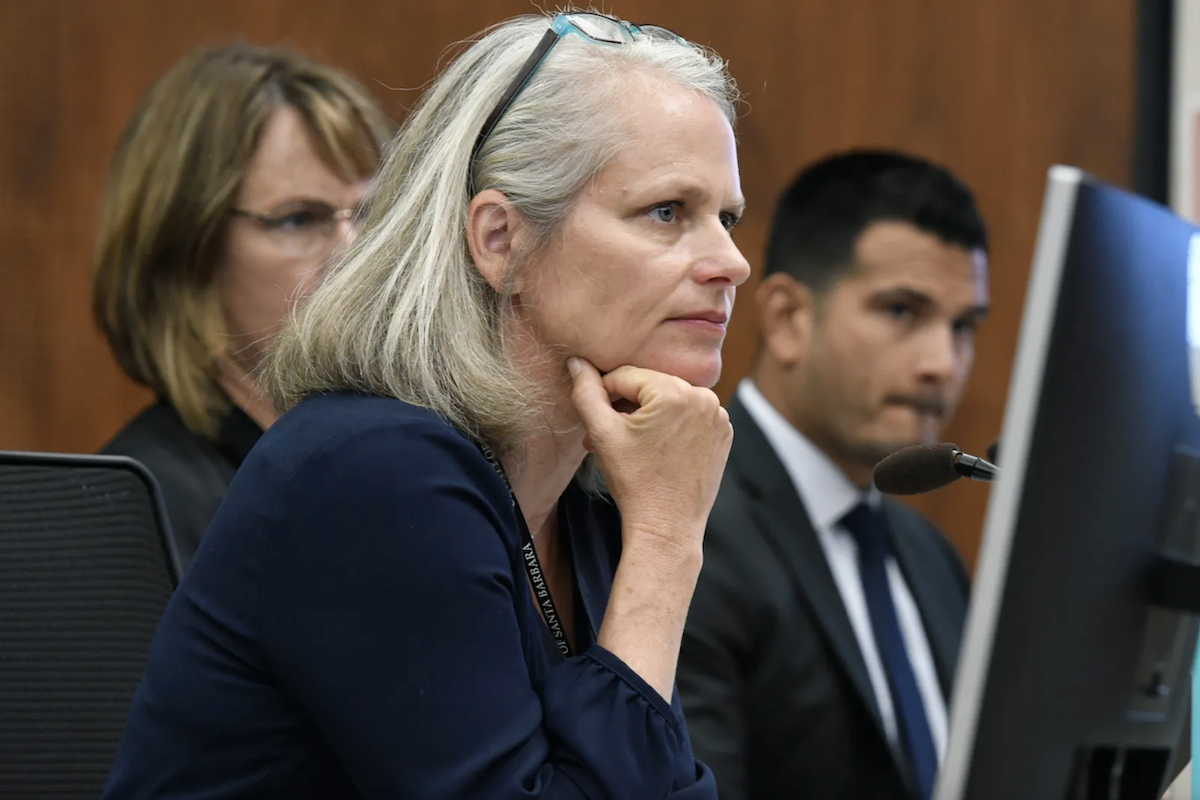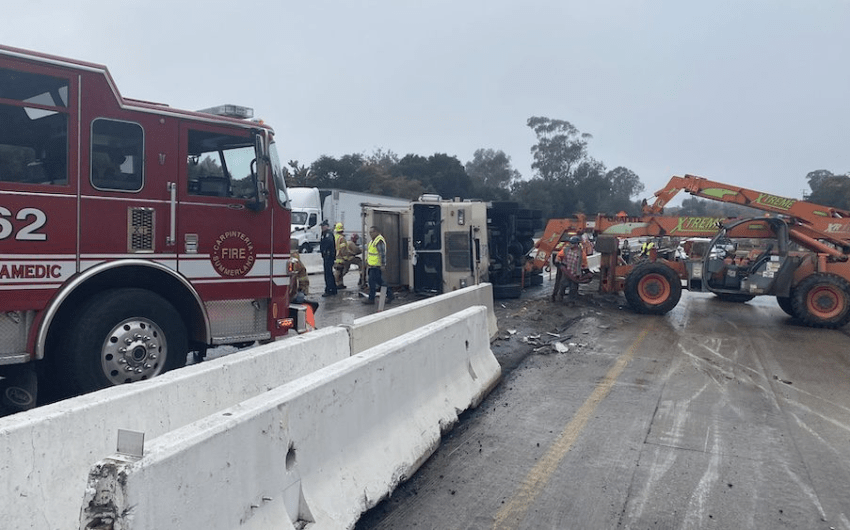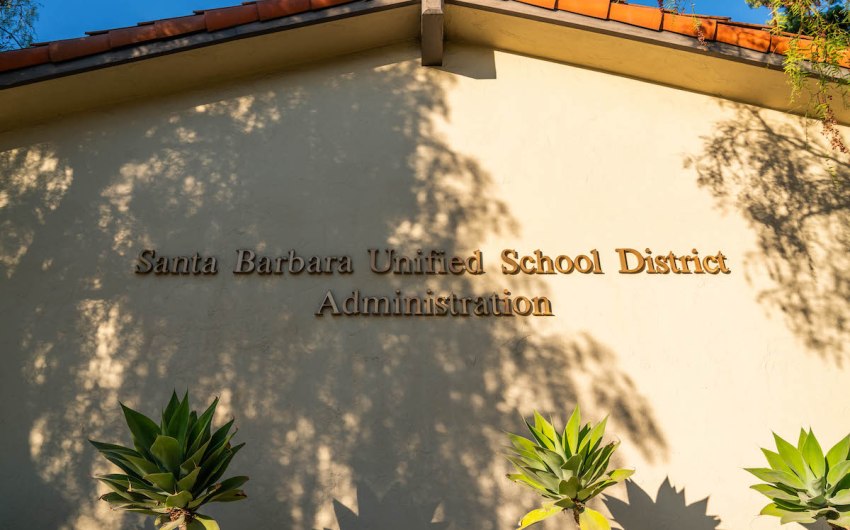County Planners Breathe Sigh of Relief After State Approval of Housing Element
Santa Barbara County First Among South Coast Agencies to Earn Seal of ‘Substantial Compliance’

The planning staff at the County of Santa Barbara is breathing a collective sigh of relief after earning the final seal of approval from the California Department of Housing (HCD), which deemed the county’s adopted Housing Element plan in “substantial compliance” with state law, marking the end of an exhausting planning cycle and closing the door for any new “builder’s remedy” projects.
Though the County Board of Supervisors in December 2023 adopted the 2023-2031 Housing Element (the plan proving the county could accommodate 5,664 units of housing in the unincorporated areas over the next eight years), the county had already missed the state’s deadline by months and was technically out of compliance until HCD completed its final review. In that time, developers were free to submit projects under the “builder’s remedy,” which allowed a fast pass through review for developments that offered at least 20 percent affordable housing. In Santa Barbara County, at least 14 of these projects came through before the county received HCD approval, representing a potential 4,300 units.
“It is a relief that that timeframe is closed,” Plowman said, though she pointed out that these projects are not all bad: “Most of the projects that we have seen are ‘friendly’ builder’s remedy projects. There’s a lot of fear about the change, but we have a substantial need for housing in this county.”
Santa Barbara County received the golden letter from HCD finding the plan in “substantial compliance” on January 22, which was much quicker than expected, according to the county’s Director of Planning & Development Lisa Plowman.
Plowman and her planning team have been working on this Housing Element cycle since August 2021, when the Santa Barbara County Association of Governments handed down the state-mandated housing allocation numbers. Even with that kind of lead time, Plowman said that new, stricter state requirements made it difficult to plan on how to accommodate more than double the number of units as the previous eight-year cycle.
“The new requirements by the state and the higher numbers were definitely a factor,” Plowman said.
This included a higher level of scrutiny from the state along every step of the process. Not only did the county have to identify sites for potential housing, like in previous cycles, but its plan also had to include sites that were actually viable according to the state’s standards. This made it difficult to include properties such as the Magnolia Center, which would have made an ideal candidate for mixed-use development, Plowman said, had it not been for lease constraints that kept it off the county’s list.
The cities of Goleta, Santa Barbara, and Carpinteria have all adopted their respective housing plans, but all three are still awaiting state review and final approval. All three are expected to be found in substantial compliance over the next few weeks.
But it’s not exactly over yet for the county, because its Housing Element plan is contingent on rezoning sites for future housing. The county Planning Commission and Board of Supervisors will have a chance to narrow down the options from a list of sites, a process which may run through the spring and into the early summer.
“It’s a relief to have them giving us certification, no question,” Plowman said. “I feel very, very proud of our team; we worked very hard. But we still have the rezones.”
Premier Events
Sat, Nov 30
11:00 AM
Santa Barbara
Mosaic Makers Market – Small Business Saturday
Sat, Nov 30
6:00 PM
Carpinteria
Beau James Wilding Band Live at the brewLAB
Thu, Dec 05
5:00 PM
Santa Barbara
First Thursday at Art & Soul in the Funk Zone
Fri, Nov 29
3:30 PM
Buellton
A Cowboy Christmas 2024
Fri, Nov 29
7:30 PM
Santa Barbara
Friendsgiving Country Night Black Friday
Sat, Nov 30
1:00 PM
Santa Barbara
Grateful Gathering-Live Dead & Jerry@The Brewhouse
Sat, Nov 30
1:00 PM
Santa Barbara
1st annual Funk Fest
Sat, Nov 30
9:30 PM
Santa Barbara
Numbskull Presents: The Cure & More DJ Night
Sun, Dec 01
5:00 PM
Santa Barbara
Paseo Nuevo Tree Lighting Ceremony
Fri, Dec 13
12:00 PM
Santa Barbara
Gem Faire
Fri, Dec 13
7:00 PM
Santa Barbara
SBHS 2024 Annual Fall Dance Recital
Sat, Nov 30 11:00 AM
Santa Barbara
Mosaic Makers Market – Small Business Saturday
Sat, Nov 30 6:00 PM
Carpinteria
Beau James Wilding Band Live at the brewLAB
Thu, Dec 05 5:00 PM
Santa Barbara
First Thursday at Art & Soul in the Funk Zone
Fri, Nov 29 3:30 PM
Buellton
A Cowboy Christmas 2024
Fri, Nov 29 7:30 PM
Santa Barbara
Friendsgiving Country Night Black Friday
Sat, Nov 30 1:00 PM
Santa Barbara
Grateful Gathering-Live Dead & Jerry@The Brewhouse
Sat, Nov 30 1:00 PM
Santa Barbara
1st annual Funk Fest
Sat, Nov 30 9:30 PM
Santa Barbara
Numbskull Presents: The Cure & More DJ Night
Sun, Dec 01 5:00 PM
Santa Barbara
Paseo Nuevo Tree Lighting Ceremony
Fri, Dec 13 12:00 PM
Santa Barbara
Gem Faire
Fri, Dec 13 7:00 PM
Santa Barbara























